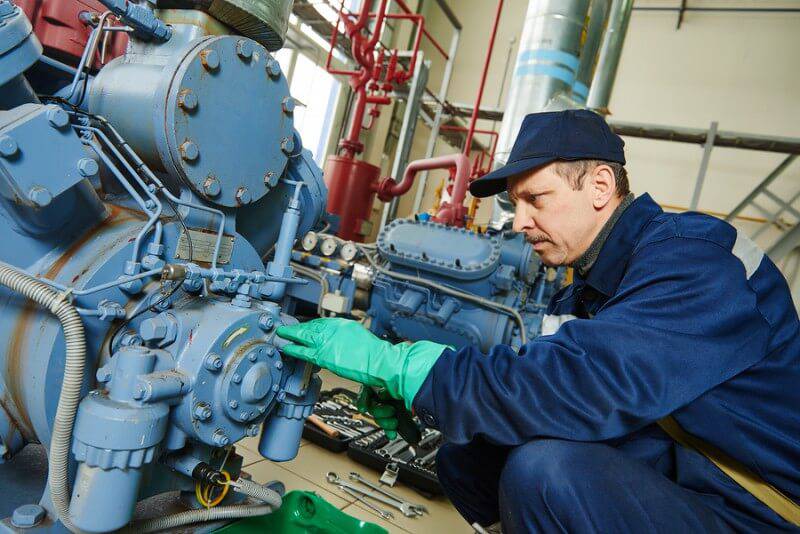WorksafeBC have identified Manufacturing as one of the four main industries at high risk of serious workplace injuries and therefore contributing to the serious injury rate.

The injury rate and serious injury rate in the manufacturing sector are above the provincial injury rate, and the risks that drive serious injuries in this sector are highly fragmented. The top 15 general risks represent 56 percent of all the manufacturing claims, and the top risk (caught in or struck by machinery or conveyors) represents 18 percent of all serious injury claims in manufacturing.¹
One issue that has been critical over the past years has been combustible dust, particularly in sawmills and pellet mills. Inspections associated with the Manufacturing High Risk Strategy (HRS) will address fire and explosion hazards, including combustible dust, which may also be present in other manufacturing subsectors.
The goals of the 2021-2023 HRS are to:
- Prevent injuries in the manufacturing industry: In 2020, the injury rate in manufacturing was 2.6 time-loss injuries per 100 workers. This is 24 percent higher than the provincial injury rate average.
- Prevent serious injuries and fatal injuries in the manufacturing industry: In 2020, the serious injury rate in manufacturing was 33 percent higher than the provincial serious injury rate average.
- Prevent fire and explosion events in the manufacturing industry
The 2021–2023 strategy will focus on the most significant risks within an industry, from among the following nine hazards:
- Machine safeguarding, de-energization and lock out
- Powered tools
- Hand tools
- Material handling
- Falls from elevation
- Falls on the same level (slips, trips and falls)
- Mobile equipment
- Combustible dust
- Musculoskeletal injuries (MSI)
Officers will focus their inspections on these industries or classification units.
Results So Far
Over the four quarters of 2020 WorksafeBC met 84% of their inspection target. They carried out 661 inspections of their intended 783. Throughout this period, they issued 1,854 Orders, 396 Orders with potential high-risk violations, 11 warning letters, 18 citations, 8 stop use orders, 2 stop work orders and imposed 5 penalties. ⁴
Over the four quarters of 2021 WorksafeBC met and exceeded their target for inspections (112%). They carried out 986 inspections, surpassing their intended 877. Throughout this period, they issued 3,086 Orders, 629 Orders with potential high-risk violations, 12 warning letters, 59 citations, 1 stop work order, 3 temporary cessation of work orders and imposed 5 penalties. ⁵
The information available so far for 2022 (Q3) shows WorksafeBC have inspected 759 of their 938 target (81%). They have issued 1,804 Orders, 443 Orders with potential high-risk violations, 9 warning letters, 52 citations, 14 stop use orders, 1 stop work order and imposed 2 penalties.⁶
Additional Resources
WorksafeBC has put together fantastic resources to assist employers and employees, such as: Manufacturing Inspection checklists, Self-evaluations tools for employers and Safeguarding machinery and equipment booklets.
There are hundreds of documents and videos for the manufacturing industry available with links to tips and advice on safety and compliance. These can be found at: www.worksafebc.com/en/health-safety/industries/manufacturing
1, 2, 3 – https://www.worksafebc.com/en/about-us/what-we-do/high-risk-strategies/manufacturing
